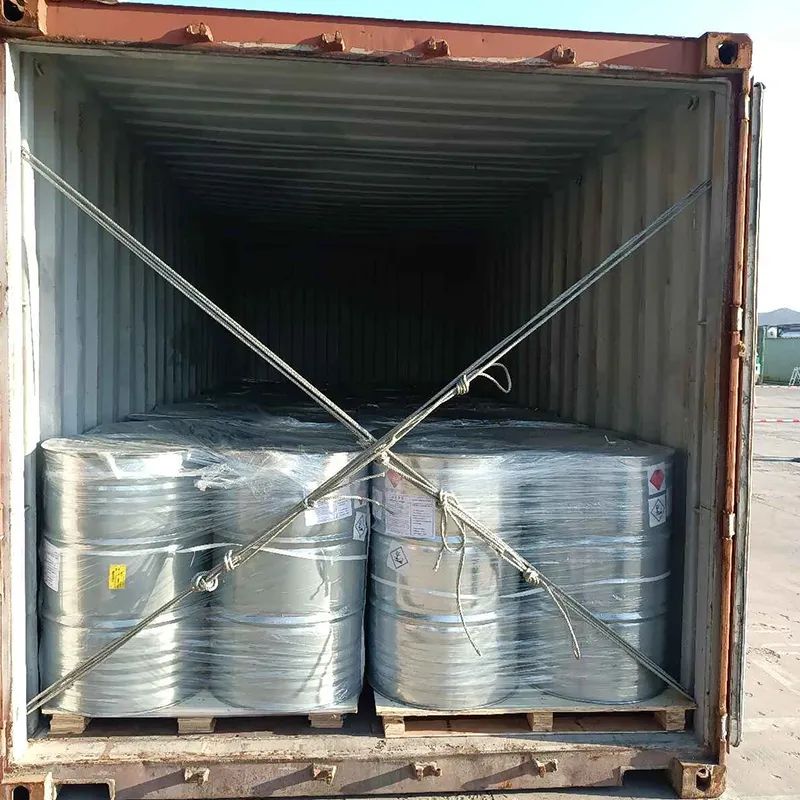
e110 food additive
Understanding E110 Food Additive Safety, Uses, and Controversies
E110, commonly known as Yellow 6 or Sunset Yellow FCF, is a synthetic food color that has been widely used in various food products. This additive is recognized for its bright yellow-orange hue, which enhances the visual appeal of food items. It is often found in candies, beverages, flavored snacks, and even some pharmaceutical products. Despite its popularity in the food industry, E110 has sparked various discussions regarding its safety and potential health effects.
Composition and Function
E110 is derived from petroleum distillates and falls under the category of azo dyes. Its primary function in food is to provide a vibrant color, which can make products more attractive to consumers. This is particularly important in the food market, where visual appeal can significantly influence purchasing decisions. Besides improving appearance, E110 can also help standardize the color of products that may have slight variations due to natural processing.
Regulatory Status
The use of E110 is regulated in many countries around the world. In the European Union, for instance, it is classified as a food additive and carries the E number 110. The European Food Safety Authority (EFSA) evaluates food additives to ensure they are safe for consumption. E110, in particular, has an acceptable daily intake (ADI) established, but its usage is strictly monitored. In the United States, the Food and Drug Administration (FDA) also regulates food colorings, including E110, permitting its use as long as it meets safety standards.
e110 food additive

Health Concerns
Despite its widespread acceptance, E110 is not without controversy. Some studies have linked synthetic food colors, including E110, to hyperactivity in children. In 2007, a study published in the Lancet suggested that certain food color additives, including E110, could increase hyperactive behavior in children. Following such findings, there have been calls for clearer labeling and potential restrictions on the use of these additives, particularly in products targeting children.
Additionally, there are concerns regarding allergic reactions associated with E110. Some individuals may experience hypersensitivity to the additive, resulting in symptoms such as hives, asthma, or other allergic responses. As a result, manufacturers are encouraged to declare the presence of E110 clearly on product labels, allowing consumers to make informed choices.
Conclusion
E110, as a popular food additive, plays a significant role in the food industry by enhancing the visual appeal of products. While it is regulated and deemed safe for consumption in moderation, potential health effects, particularly in sensitive populations such as children, warrant careful consideration. As consumers become increasingly aware of food ingredients, ongoing research and transparent labeling will be crucial in addressing concerns related to E110 and other synthetic additives. Ultimately, the decision to consume products containing E110 lies in the hands of the consumer, highlighting the importance of informed choices for a healthier lifestyle.
-
Understanding Synthetic Rubber OptionsNewsApr.27,2025
-
Trichloroisocyanuric Acid: Essential for Clean and Safe WaterNewsApr.27,2025
-
Sodium Dichloroisocyanurate: Key to Safe Water TreatmentNewsApr.27,2025
-
Sodium Acid Pyrophosphate: Essential in Modern Food ProcessingNewsApr.27,2025
-
Essential Water Treatment ChemicalsNewsApr.27,2025
-
Denatured Alcohol and Its Industrial UsesNewsApr.27,2025
-
The Versatile Uses of Sodium BicarbonateNewsApr.24,2025
Hebei Tenger Chemical Technology Co., Ltd. focuses on the chemical industry and is committed to the export service of chemical raw materials.
-

view more DiethanolisopropanolamineIn the ever-growing field of chemical solutions, diethanolisopropanolamine (DEIPA) stands out as a versatile and important compound. Due to its unique chemical structure and properties, DEIPA is of interest to various industries including construction, personal care, and agriculture. -

view more TriisopropanolamineTriisopropanolamine (TIPA) alkanol amine substance, is a kind of alcohol amine compound with amino and alcohol hydroxyl, and because of its molecules contains both amino and hydroxyl. -

view more Tetramethyl Thiuram DisulfideTetramethyl thiuram disulfide, also known as TMTD, is a white to light-yellow powder with a distinct sulfur-like odor. It is soluble in organic solvents such as benzene, acetone, and ethyl acetate, making it highly versatile for use in different formulations. TMTD is known for its excellent vulcanization acceleration properties, which makes it a key ingredient in the production of rubber products. Additionally, it acts as an effective fungicide and bactericide, making it valuable in agricultural applications. Its high purity and stability ensure consistent performance, making it a preferred choice for manufacturers across various industries.











